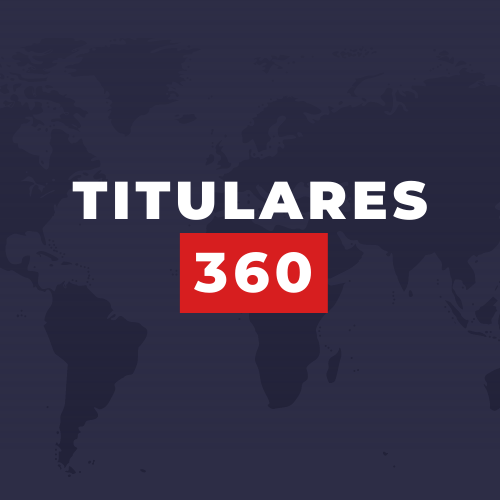Versión Español
Detectar imágenes falsas generadas por inteligencia artificial puede ser un desafío, ya que cada vez es más difícil distinguir lo real de lo falso. Sin embargo, hay algunas medidas que puedes tomar para verificar la autenticidad de las imágenes:
- Busca en línea herramientas especializadas en la detección de imágenes falsas. Hay varias herramientas disponibles que utilizan tecnologías de análisis de imagen avanzadas para detectar manipulaciones digitales. Algunas de estas herramientas son gratuitas, como por ejemplo Reverse Image Search de Google, que te permite buscar imágenes similares en la web y verificar si han sido manipuladas.
- Investiga la fuente de la imagen. Trata de determinar la fuente original de la imagen y si ha sido manipulada en el camino. Si la imagen proviene de una fuente poco confiable, es más probable que haya sido manipulada.
- Verifica la consistencia de la imagen. Si la imagen parece demasiado buena para ser verdad o si no se ajusta a la historia que la acompaña, es posible que haya sido manipulada.
- Analiza los detalles de la imagen. Examina cuidadosamente los detalles de la imagen, como las sombras, la iluminación y los bordes de los objetos, ya que estas áreas suelen ser difíciles de manipular con éxito.
- Consulta con expertos en imagen. Si aún tienes dudas sobre la autenticidad de una imagen, consulta a expertos en imagen o forenses digitales para que te ayuden a determinar si ha sido manipulada.
Es importante tener en cuenta que la detección de imágenes falsas generadas por inteligencia artificial es un campo en constante evolución, y las técnicas de manipulación digital avanzan rápidamente. Por lo tanto, es importante seguir actualizándose sobre las últimas herramientas y técnicas de detección disponibles.

English version
How to detect fake images generated by artificial intelligence
Detecting fake images generated by artificial intelligence can be challenging, as it is increasingly difficult to distinguish between what is real and what is not. However, there are some measures you can take to verify the authenticity of images:
- Look for online tools specialized in detecting fake images. There are several available tools that use advanced image analysis technologies to detect digital manipulations. Some of these tools are free, such as Google’s Reverse Image Search, which allows you to search for similar images on the web and verify if they have been manipulated.
- Investigate the source of the image. Try to determine the original source of the image and whether it has been manipulated along the way. If the image comes from an unreliable source, it is more likely to have been manipulated.
- Verify the consistency of the image. If the image looks too good to be true or does not fit with the accompanying story, it may have been manipulated.
- Analyze the details of the image. Carefully examine the details of the image, such as shadows, lighting, and the edges of objects, as these areas are often difficult to manipulate successfully.
- Consult with image experts. If you still have doubts about the authenticity of an image, consult with image experts or digital forensics experts to help determine whether it has been manipulated.
It is important to note that the detection of fake images generated by artificial intelligence is a constantly evolving field, and digital manipulation techniques are advancing rapidly. Therefore, it is important to keep up to date on the latest detection tools and techniques available.

